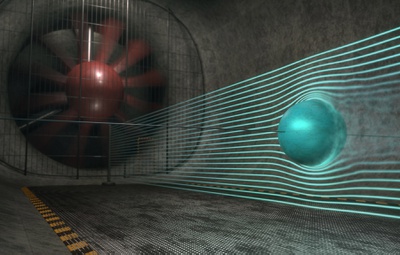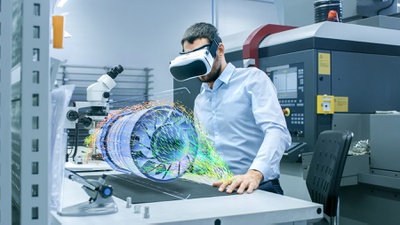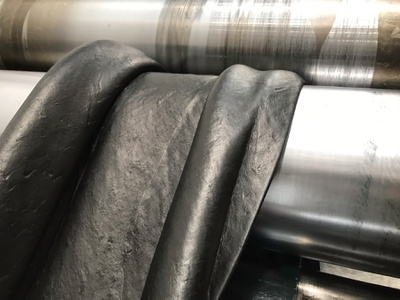
Untersuchung muskulärer Dehnungs-Verkürzungs-Zyklen
22 Februar 2022
Prof. Wolfgang Seiberl, Professor für Bewegungswissenschaften mit einem Schwerpunkt Digitalisierung, hat bei der DFG das Projekt "Contractile, elastic, and neural mechanisms of muscular performance enhancement during stretch-shortening cycles2" eingeworben.
Laufzeit: 01.01.2022 bis 31.12.2024
Förderer: DFG-Sachbeihilfe
The stretch-shortening cycle (SSC) describes the functional pattern when an active muscle is stretched and immediately shortens again. This sequence of eccentric and concentric muscle action represents the most common form of muscle action during human locomotion such as walking, running or jumping. In this context, the SSC is characterized by two special features: First, muscle strength, work, and power are increased by up to 50% during the concentric propulsive phase of the SSC, when compared to a purely concentric muscle action. Second, this increased power is accompanied by an increased efficiency.
During a first DGF (Deutsche Forschungsgemeinschaft) funding period, we were able to identify different contractile, elastic and neuronal contributions of muscle and muscle-tendon complex to the performance enhancement in SSCs.
In this DFG follow-up funding period, one key aspect remains on the examination of the fundamental origins of the performance enhancement in SSCs. In addition, a second focus lies on the investigation of muscle action conditions close to everyday life. The joint project uses a holistic research approach, composed of closely intertwined experiments on different structural levels of the muscle. Some experiments will investigate how muscle activation and different muscle fiber types affect performance enhancement in the SSCs, some other experiments focus on the contribution of neuronal or passive elastic components. From an applied perspective, also repetitive SSCs will be considered, as these are typical for cyclic locomotion. In the course of this, complex multi-joint leg extensions are investigated, as these represent everyday life muscle function as it occurs during e.g. walking or running.
Experiments are performed at the different structural levels of muscle, from single fiber up to multi-joint in vivo muscle actions. Experiments on isolated muscle fibers allow conclusions to be drawn about the contractile and passive structures of the muscle cell. The in vivo experiments with humans provide information on how the interaction of muscles and tendons on the one hand, and how neuronal activation on the other hand, affect the performance enhancement in SSCs. Finally, the investigation of multi-joint leg extension allows an assessment of biomechanics and coordination under muscle action conditions close to everyday life.
Together with the findings of the first funding period, this research project contributes to a better understanding of the SSC. This is not only important for a fundamental understanding of human locomotion, but can also have applications, for example, in the fields of medical technology, robotics and prosthetics, as well as for the development of efficient humanoid drives.
Bild: © gettyimages/Techa Tungateja






